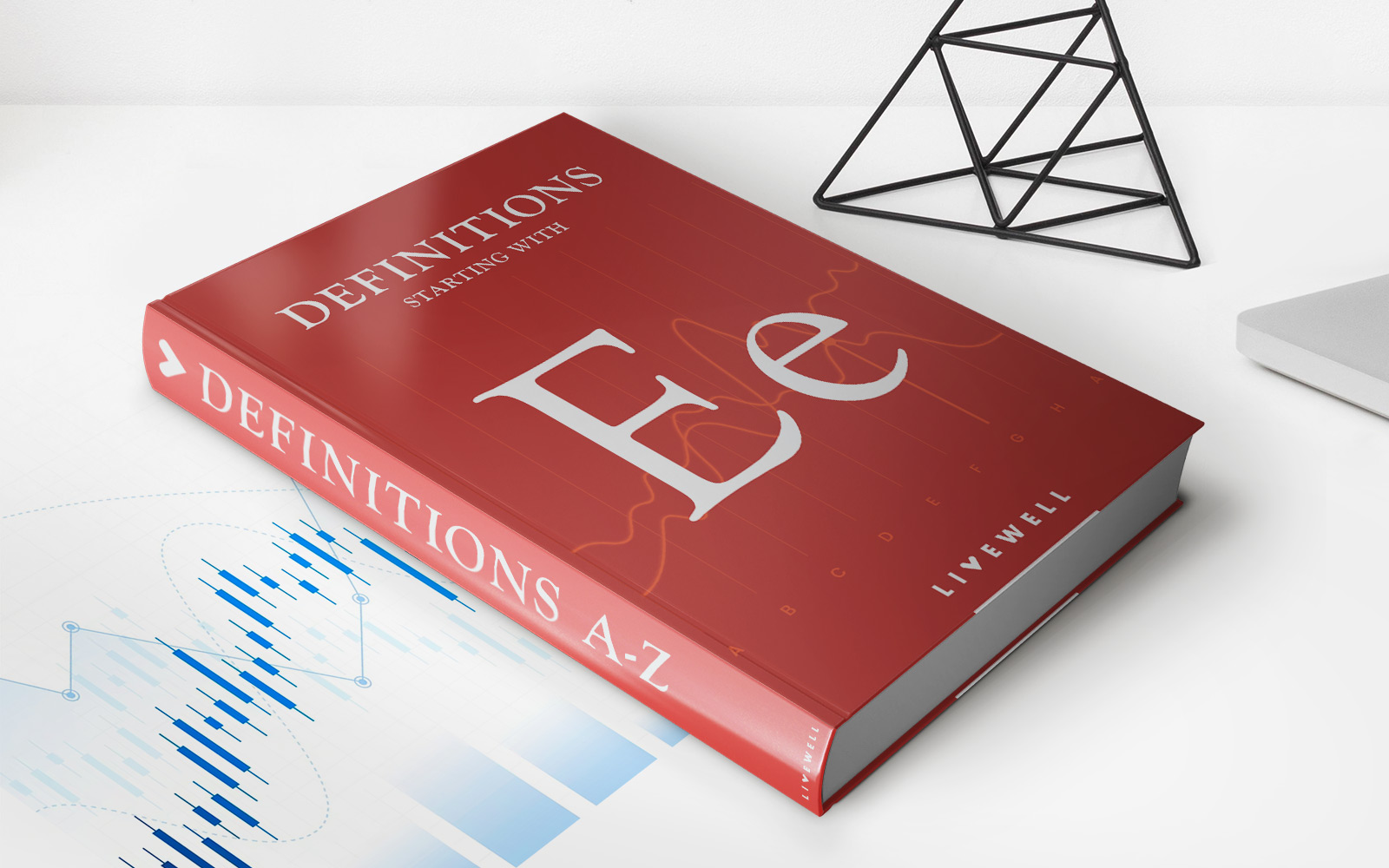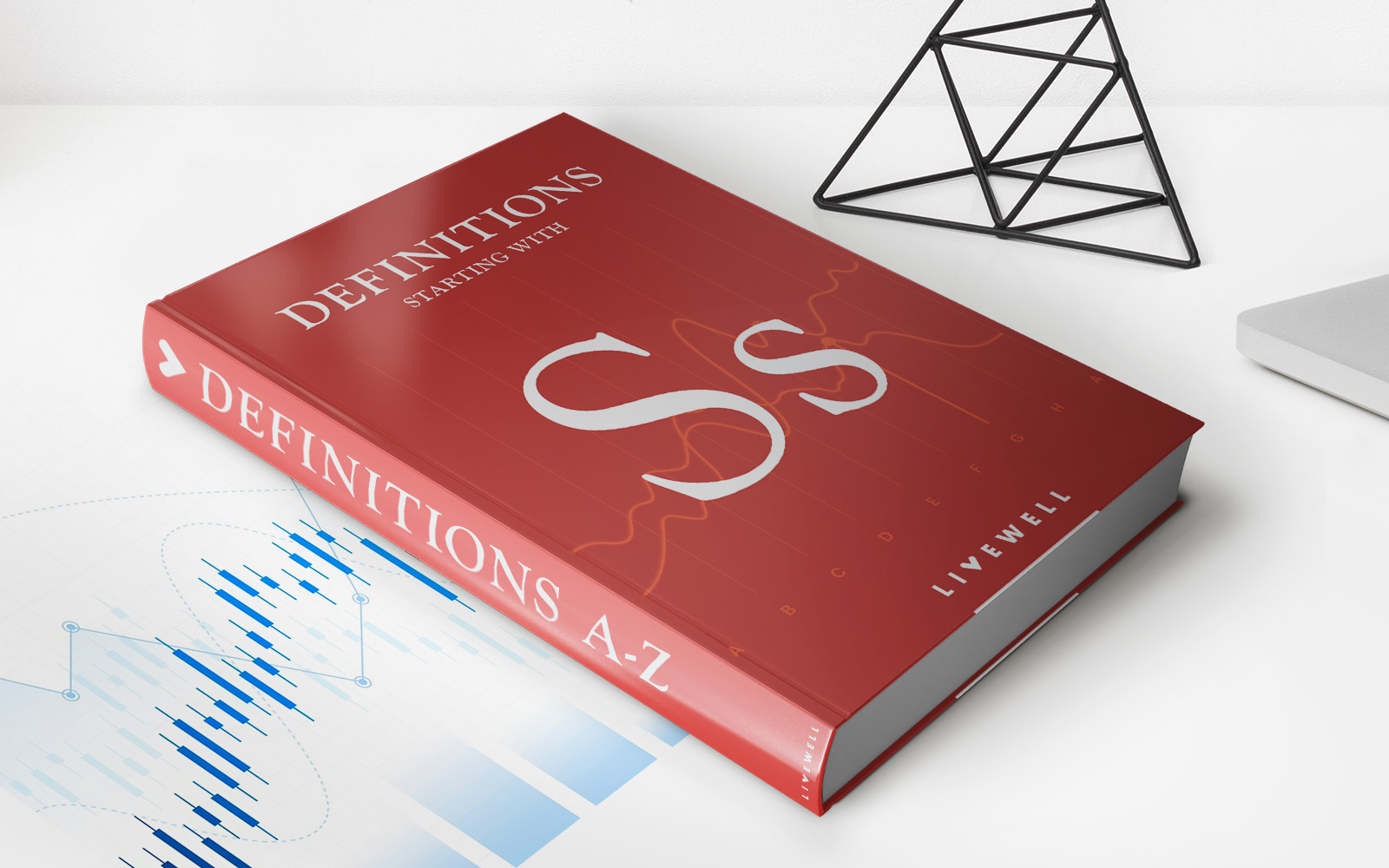Home>Finance>What Is An Interim Statement? Definition, Purpose, Example


Finance
What Is An Interim Statement? Definition, Purpose, Example
Published: December 11, 2023
Learn about interim statements in finance, including their definition, purpose, and an example. Gain a better understanding of this important financial document.
(Many of the links in this article redirect to a specific reviewed product. Your purchase of these products through affiliate links helps to generate commission for LiveWell, at no extra cost. Learn more)
Unlocking the Secrets of Interim Statements: What You Need to Know
Welcome to our finance blog! Today, we will be delving into the world of interim statements. Have you ever wondered what exactly an interim statement is and why it’s important for businesses? Look no further! In this article, we will break down the definition, purpose, and provide an example to help you gain a deeper understanding of this financial concept.
Key Takeaways:
- An interim statement is a financial report issued by a company between its regular annual financial statements.
- Interim statements provide stakeholders with valuable information about a company’s performance, financial position, and cash flow.
Defining Interim Statements
An interim statement, also known as an interim financial report, is a snapshot of a company’s financial performance and position during a specific period within the fiscal year. These reports are typically issued quarterly or semi-annually and serve as a bridge between the company’s annual financial statements.
Interim statements provide a comprehensive overview of a company’s revenues, expenses, assets, liabilities, and cash flows for the given interim period. By examining these statements, investors, creditors, and other stakeholders can assess a company’s financial health and make informed decisions.
The Purpose of Interim Statements
Now that we have a clear definition of interim statements, let’s dive into their purpose:
- Monitoring Performance: Interim statements allow management, shareholders, and investors to track a company’s progress and identify any problems or emerging trends in its financial performance. By comparing current period results with prior periods or industry benchmarks, stakeholders can evaluate a company’s growth trajectory and detect any areas of concern.
- Informed Decision-Making: Interim statements enable stakeholders to make well-informed decisions about their investments in a company. These reports provide timely and relevant financial information, ensuring that stakeholders have the necessary insight to assess the potential risks and rewards associated with their investments.
- Regulatory Compliance: Publicly traded companies are required by law to periodically disclose their financial information to ensure transparency and accountability. Interim statements help fulfill these legal obligations and provide investors with the necessary information to make investment decisions.
An Example of an Interim Statement
Let’s take a look at a simplified example of an interim statement for a fictional company, XYZ Corp., for the three-month period ending on March 31, 20XX:
XYZ Corp. Interim Statement of Financial Position (as of March 31, 20XX):
- Total Assets: $500,000
- Total Liabilities: $300,000
- Total Equity: $200,000
XYZ Corp. Interim Statement of Comprehensive Income (for the three months ending on March 31, 20XX):
- Total Revenue: $150,000
- Total Expenses: $100,000
- Net Income: $50,000
XYZ Corp. Interim Statement of Cash Flows (for the three months ending on March 31, 20XX):
- Cash Inflows: $200,000
- Cash Outflows: $150,000
- Net Cash Flow: $50,000
In this example, the interim statement provides a snapshot of XYZ Corp.’s financial position, income, and cash flows for the three-month period. Through these figures, stakeholders gain insights into the company’s profitability, liquidity, and solvency during the defined interim period.
Conclusion
Interim statements play a crucial role in providing stakeholders with timely and relevant financial information about a company’s performance, financial position, and cash flow. By tracking a company’s progress and aiding in informed decision-making, these reports empower investors and creditors and ensure regulatory compliance. Understanding this important financial concept is essential for any individual interested in the world of finance.
We hope this article has shed light on the definition, purpose, and example of interim statements. If you want to enhance your knowledge further and explore additional aspects of finance, stay tuned to our blog for more informative articles!














